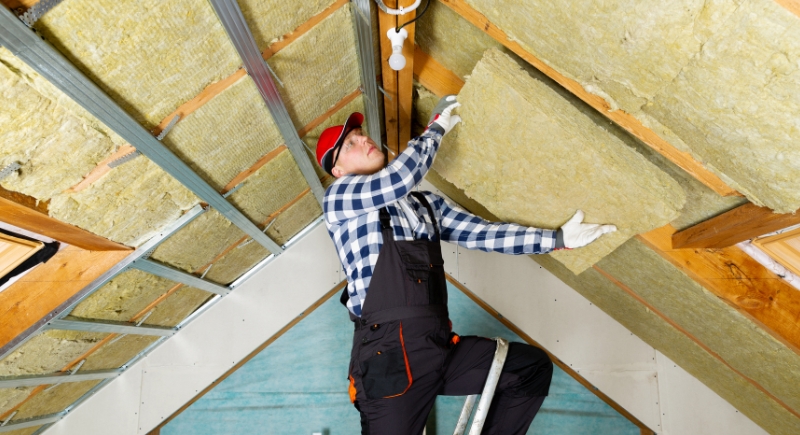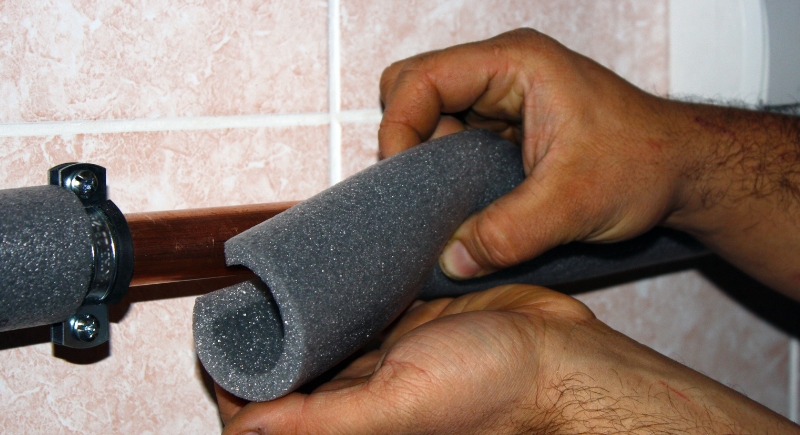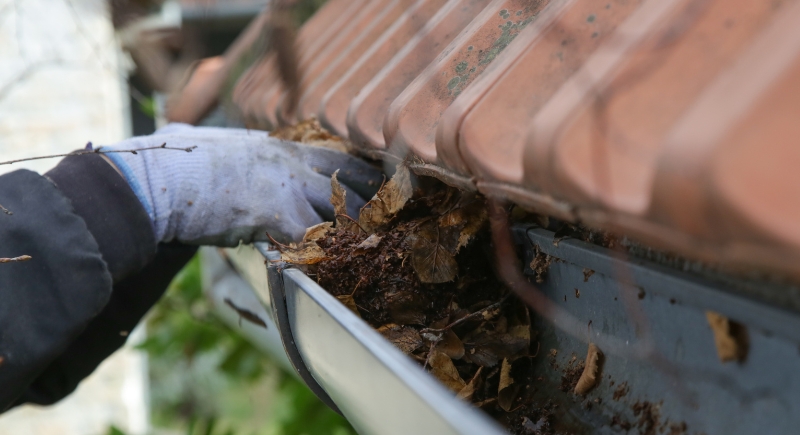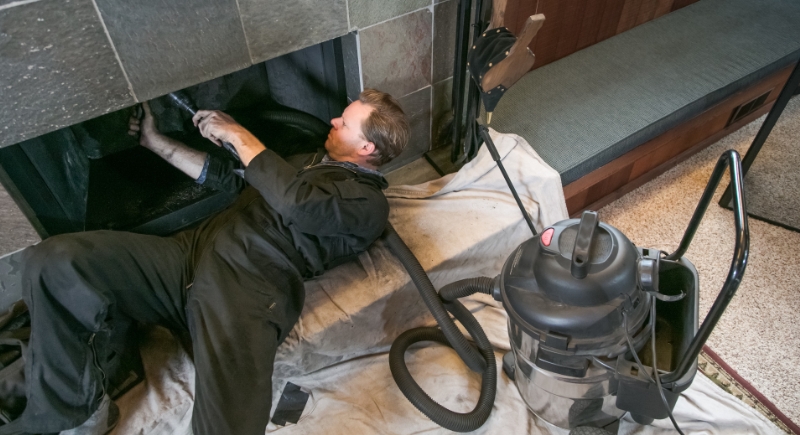How to Prep Your Home for Winter to Save Money on Energy Bills
Colder days are on the way, and so are rising energy costs. A few small changes, though, can make a big difference in keeping the chill out and the bills down. Getting your home winter-ready isn’t hard if there’s smart planning before the frost hits.
Insulate Your Attic

Credit: Getty Images
Warm air naturally rises, which means an under-insulated attic drains energy. Laying about 10 inches of fiberglass or 12 inches of cellulose prevents heat loss and reduces roof condensation. Before adding more, check for dampness or thin areas. A single afternoon’s work can cut annual heating costs dramatically.
Give the Furnace a Checkup

Credit: Canva
A dusty or sluggish furnace burns through more fuel than needed. Scheduling a tune-up before the first freeze ensures smooth, safe operation all winter. Professionals clean components, inspect ducts, and replace filters. That minor investment keeps airflow strong, improves efficiency, and prevents the headaches of mid-season breakdowns.
Bleed the Radiators

Credit: Canva
Uneven heating often means trapped air inside radiators. Releasing it takes only a small key and a few minutes. Let the air hiss out until water flows evenly, then close the valve. It’s a simple ritual that restores steady warmth and helps every corner of the house feel comfortable again.
Wrap Your Pipes

Credit: Getty Images
Pipes in basements or garages lose heat fast and can freeze under pressure. Foam insulation prevents both problems by keeping water warm and protecting plumbing from cold snaps. A small bit of maintenance now can save major repair costs when temperatures drop.
Clean Out Gutters and Drains

Credit: Getty Images
Clogged gutters can trap melting snow and rain, causing leaks and damaging your roof or foundation. Clearing them before winter ensures water flows freely and prevents ice dams from forming. For safety, consider hiring help if ladders aren’t your thing. A quick cleanout costs little compared to potential water repairs later.
Inspect the Roof

Credit: Canva
Roofs endure everything from wind to snowmelt, and even a loose shingle can invite moisture. A quick inspection catches trouble before it multiplies. Replacing damaged tiles or sealing seams early helps avoid heavy repair bills later. Preventive care here saves both money and a long winter of drips.
Test Your Thermostat

Credit: Getty Images
Many thermostats drift out of sync over time, which often goes unnoticed until the first cold spell. Testing it early helps confirm it’s reading and responding correctly. Programmable models can cut heating costs by lowering temperatures at night or when no one’s home, saving up to 10 percent a year.
Use Heavy Curtains at Night

Credit: Getty Images
Heavy, lined curtains act as insulation against cold air on winter nights. Open them during the day to let in sunlight, then close them after dusk to keep the warmth inside. This small change adds comfort, saves energy, and helps stop heat from escaping through drafty windows.
Service the Chimney and Fireplace

Credit: Getty Images
Nothing beats a fire on a freezing night, but safety comes first. Creosote buildup and blocked vents can cause fires or push fumes indoors. A yearly chimney cleaning clears debris and ensures good airflow. The ritual guarantees cozy evenings without the risk hidden soot can bring.
Check Boiler Pressure

Credit: Canva
Boilers work best under steady pressure, typically between 1 and 1.5 bar. Check the gauge each fall to make sure they’re ready for demand. If readings are off, a small adjustment or professional service keeps heating consistent and prevents wear. Balanced pressure means fewer breakdowns when warmth matters most.